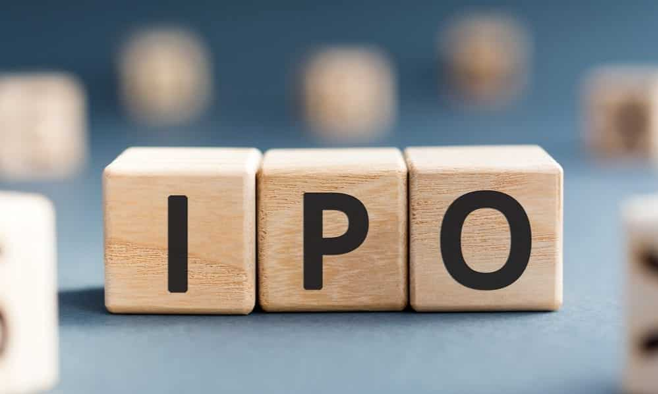A closer look at IPO ETFs

Initial public offerings (IPOs) provide the opportunity to hit huge returns. That's why they are significantly popular with investors and the media.
While investing in newly public companies can be risky, there is a way to minimize that. And that is with exchange-traded funds (ETFs) investing in IPOs or IPO ETFs for short.
With IPO ETFs, you're not only curbing risk. You're also investing in multiple shares of companies that have recently gone public with a single fund, providing you higher potential returns and additional diversification to your portfolio.
IPO ETF EXPLAINED
An IPO ETF keeps an eye on the stock performances of new publicly listed companies. By purchasing shares of an IPO ETF, you're investing in dozens or hundreds of newly traded shares at once.
IPO ETFs make investing in IPO stocks less risky because they allow you to have a piece of the IPO market without the need to become a stock connoisseur, considering the risk associated with individual IPO stocks.
IPO shares are risky investments as they don't always come in at reasonable or most appealing prices. By the time you bought the shares, their prices may have already undergone temporary surges, which could give you a tough time to match or surpass the inflated price you purchased them in the long run.
Moreover, new publicly listed companies don't have as much history as companies that have been in the game for a long time. That means they could be more unstable and more prone to losing their value.
WHY SHOULD YOU INVEST IN AN IPO ETF
Investing in an individual IPO means your investment solely relies on the performance of one company. If its stock price falls, you could lose big. On the other hand, if you invest in an IPO ETF, you're holding shares of multiple IPOs simultaneously, which instantly diversifies your investments.
Therefore, if one company in the fund performed poorly, the other IPO companies should counter it, helping curb any losses from the weak IPO.
An IPO ETF also grants you access to emerging companies on track to exponential growth that are not huge or known enough to be listed on major stock market indices. While small and new companies pose more risk, their potential returns are high.
Early-stage companies have a lot of room for substantial growth, offering the opportunity to boost your investing money more than you can with large and established companies with slow yet steady growth outlooks.
DISADVANTAGES OF AN IPO ETF
An IPO ETF is less risky than an individual IPO stock, although this type of fund could also reduce your expected return on investment (ROI).
If one company in the fund rises, your profit will be lower since your money has been allocated across multiple companies, some of which may drive your overall return down. The ETF would benefit you if the selected stocks gain, but not as much if you bought the stocks directly.
Then again, taking the diversified route helps you avoid ending up with a complete loss. You may miss out on all the winning trades, but you are also likely to be spared from dealing with devastating losses.
You also need to consider high management fees when investing in an IPO ETF. IPO ETFs may charge higher management fees than mutual funds, other ETFs, and S&P 500 index funds.
Every penny that went into researching and
managing an IPO index could be worth it when IPO ETFs beat the S&P 500.
Still, keep in mind that that is not how it always would go.



